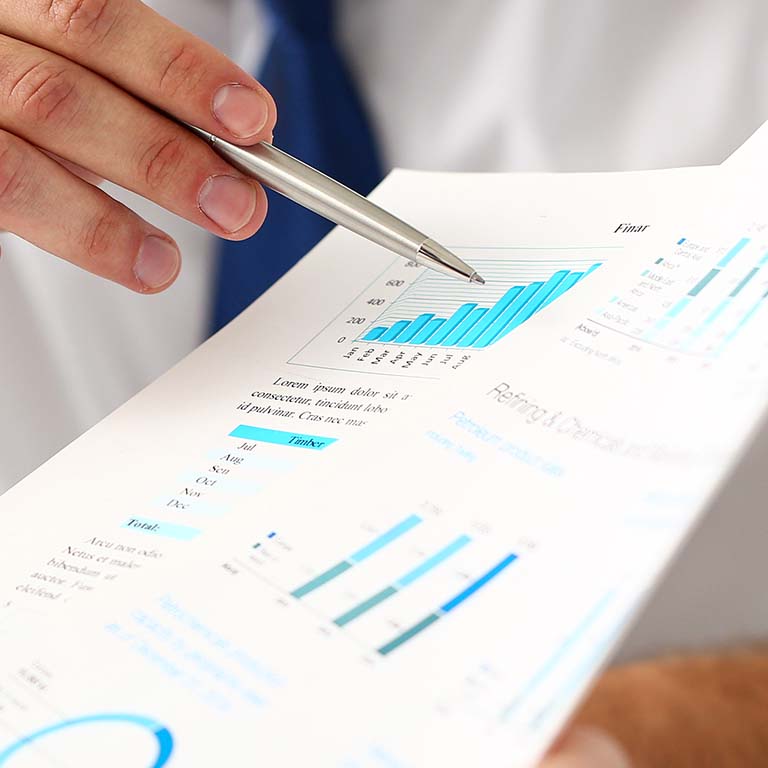
Raj Lakhani
International Practice Leader, Analytics Solutions
-
United Kingdom
Organizations worldwide are increasingly impacted by emerging, complex risks that could affect their ability to achieve their business goals. In this rapidly changing environment, leaders are looking for more than historical views, complicated models, and generic broker benchmarks to manage risk. They want real-time, actionable insights tailored to their business to see around the next corner and plan for the challenges — and opportunities — ahead.
Our risk analytics solutions empower you with knowledge and insights to navigate today's environment, track and anticipate emerging risks, and make more informed business decisions.
With Marsh’s leading data and analytics, you can improve your risk intelligence and more effectively plan, finance, and deliver risk management strategies that align to your leadership team's objectives.
As a vital part of Marsh’s Advisory team, our risk analytics specialists can:
Our innovative solutions can help you align your risk strategy to corporate objectives and answer critical questions through each step of the risk lifecycle:
Your Marsh advisor can help you in each step of the risk lifecycle or deep dive into a particular area where your organization needs help as you measure, manage, and minimize your total cost of risk.
We work with you to help you keep ahead of risk, better anticipate future challenges, and capitalize on emerging opportunities through proactive risk advice that helps build resilience and confidence.

04/15/2025
In this episode our hosts share effective strategies that organizations should consider to control their casualty risks and they discuss actions that senior leaders can take to optimize their casualty insurance program in line with evolving and emerging risks.

11/19/2024
In this episode Marsh leaders discuss how data-focused analysis can help organizations gain a comprehensive understanding of how the evolving risk landscape can impact their organization and help them build more responsive insurance programs.

09/19/2024
Embracing digital advancements within the workplace can introduce a “transformation within our thinking around people, business, risk, and strategy”, according to Ailsa King, Chief Commercial Officer, Marsh McLennan UK.

Case Study
09/13/2022
The Marsh team used insights from Blue[i] RFO Analytics and their own industry expertise to demonstrate that lowering limits and redeploying capital elsewhere could improve overall efficiency despite an increase in total premium.

Case Study
09/08/2022
A large technology company client merged with another equally large company that was not an existing Marsh client.
Risk analytics can make the potential impact of risks visible by turning risk into a dollar number that can be assessed to support more informed decision-making. Risk analytics can help your organization plan and adapt to risks and can be tailored to your organization’s specific goals, helping you build a more realistic view of what’s ahead.
Risk analytics distill complex data and allow you to evaluate and assess proactive risk management strategies that are aligned to your strategic priorities. They can also offer powerful insights as you navigate the steps of the risk lifecycle: understand and govern your risks, structure and finance your risks, control and improve your risks, and claim and recover from risks when incidents occur.
Risk analytics are essential for risk management because they help elevate and embed the conversation of risk within your organization. Risk analytics can help you frame the discussion of risk for business leaders in more objective, financial terms.
Our Blue[i] suite of solutions provides actionable and customized insights for your organization via a dynamic risk analytics platform, enabling you to align your risk strategies to corporate priorities in real time.
Blue[i] solutions can also serve as enablement tools to improve workflows and illustrate insights effectively.
Our Blue[i] solutions:
We can work with you no matter how much data you are able to provide. We can utilize industry-level tools for a high-level analysis around your risk landscape and mitigation options — even if you have no data.
The more information you can provide on your own exposures, your past claims history, and your key risks, the more we can provide tailored, detailed insights.

International Practice Leader, Analytics Solutions
United Kingdom

Analytics Solutions Leader, US and Canada
United States